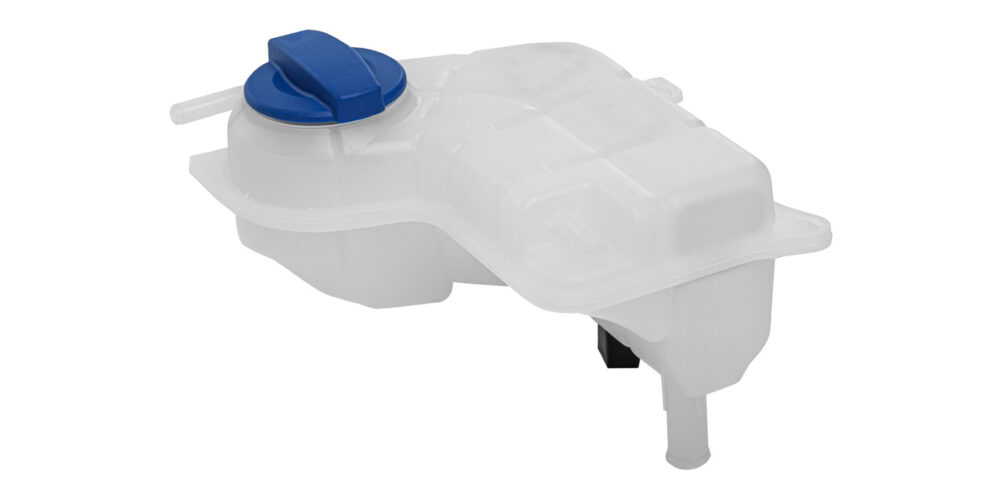It’s been estimated that fraudulent warranty claims cost auto parts stores $600 million every year.
Those costs stem from a number of expenses that are set in motion by a return, including manually processing credits; reverse logistics and transportation; repackaging products; and additional quality-control testing to rule out major defects in materials.
The “Check the Part” campaign estimates that more than 50% of warranty returns are either brand-new or not the manufacturer’s product – which suggests that many parts professionals aren’t even looking at the item that’s being returned.
Endorsed by MEMA Aftermarket Suppliers and the Auto Care Association, the campaign encourages parts professionals to follow a simple three-step process when processing warranty returns:
- Open the box.
- Inspect the part.
- Verify the return.
Recently, Dorman Products published a return guide for fluid reservoirs.
If a customer wants to return a fluid reservoir, Dorman recommends these four steps to determine if it’s a valid warranty claim:
- Verify that it’s the right part type. Some customers return unrelated products and heavy objects as a scam to get money back.
- If it’s the correct part type, verify the part marking. Dorman reservoirs have the part number molded into the part, so you can be sure it’s the right part in the box.
- Verify that the cap is present in the box. Each Dorman reservoir comes with a cap, and if the cap is missing, the reservoir might not be covered under warranty policy.
- Verify whether the part has been used. A mounted or used reservoir will have marks from mounting fasteners, residue from being filled and/or yellowing from heat. If it doesn’t appear to be used, it may be new and unmounted, and therefore can be sold again.
- When the customer describes the reason for returning the part, write it on the side of the box. This can greatly help in identifying and fixing these issues.
You can download a PDF of the return guide below:












